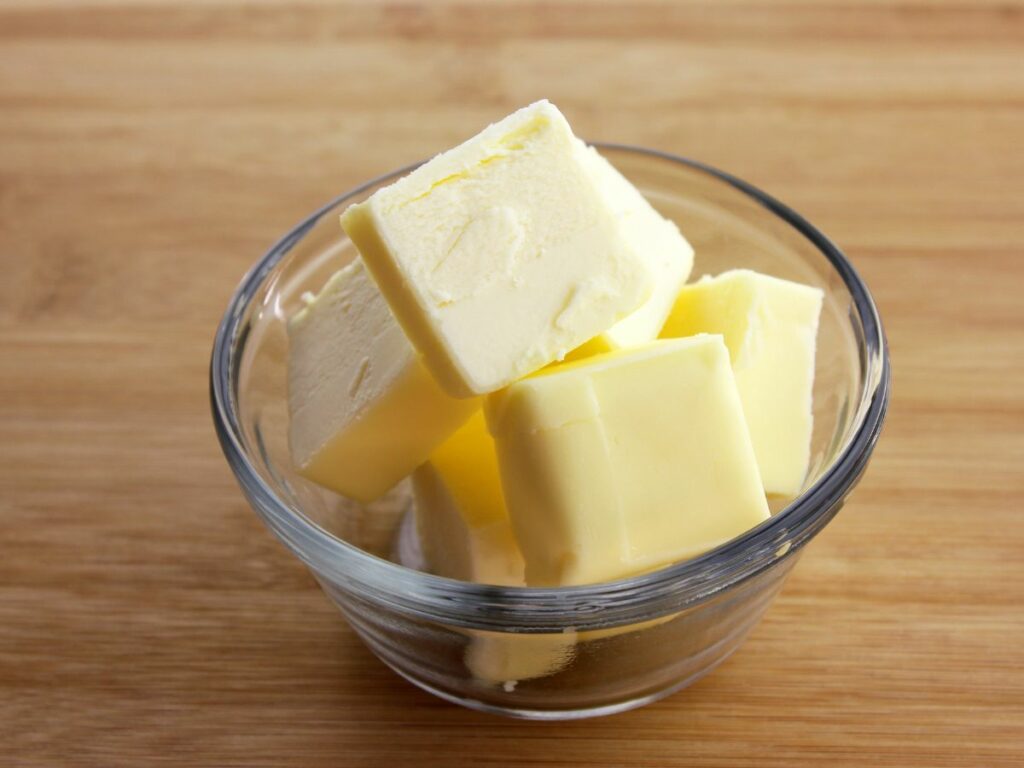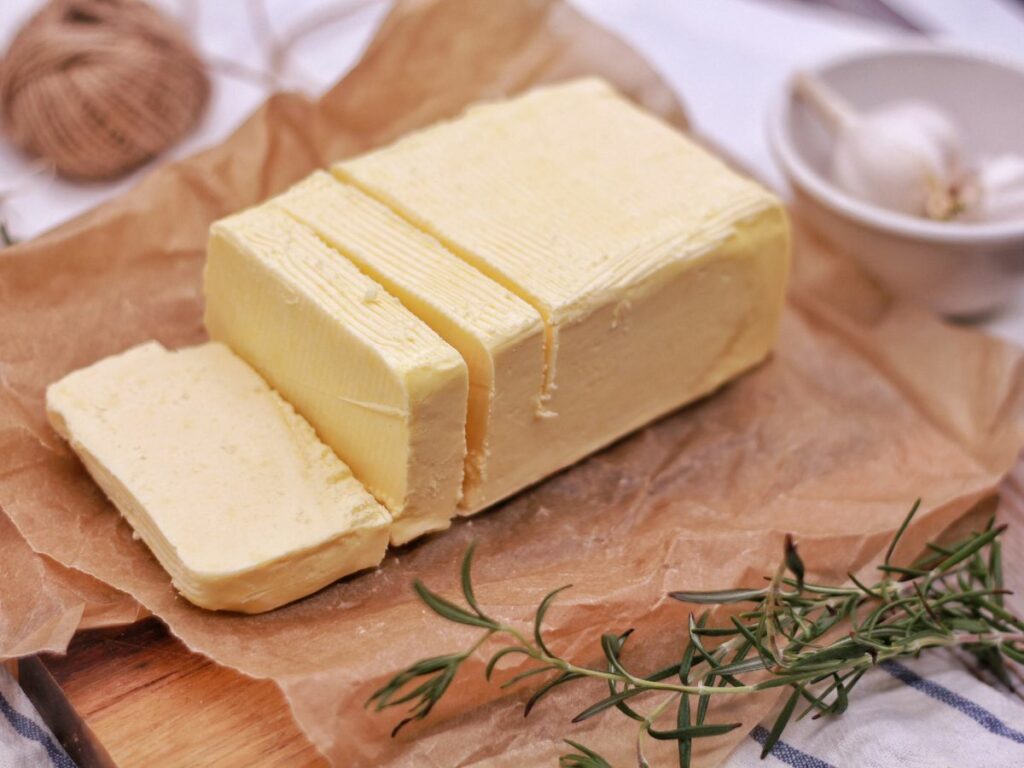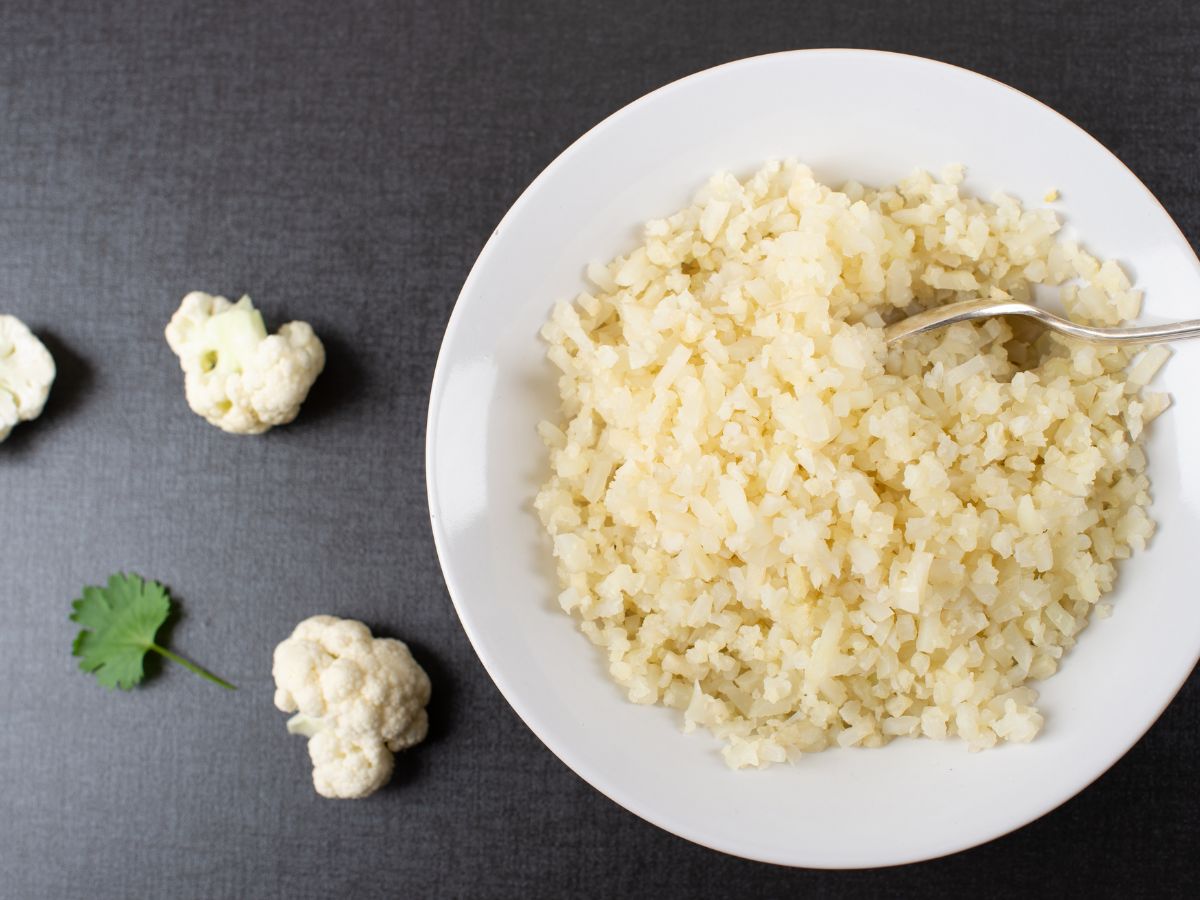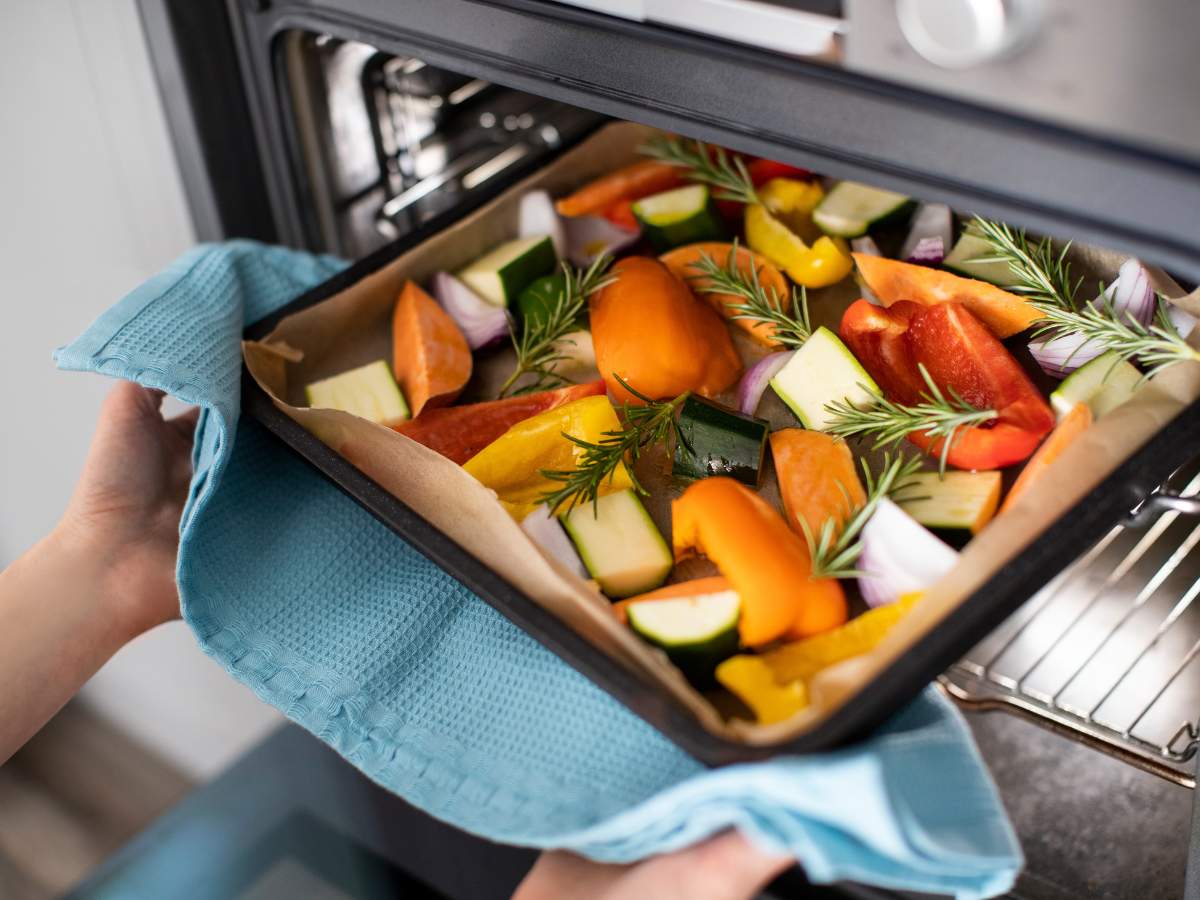How To Soften Butter Fast: The 5 Best Ways
As a participant in the Amazon Services LLC Associates Program and other affiliate programs, Easy Homemade Life may collect a share of sales or other compensation from the links on this page. This comes at no additional cost to you, and all the prices and availability are accurate at the time of publishing.
We all love butter, but let’s face it, when you’re ready to start baking and discover your butter is hard as a rock, it’s, well, a pain in the butt…er. Not to worry, we tested several methods for how to soften butter quickly and came up with five of the fastest and easiest options.

You know what I mean, right? You’re just about to whip up a batch of cookies or you’re in the middle of baking a cake when you realize you forgot to take the butter out of the refrigerator or freezer. Or, you’re sitting down to breakfast and watching your toast get cold while you wait for the butter to soften.
Well, fear not dear butter lovers, because we’re here to save the day (or at least solve your butter-related crisis). Check out the detailed methods for quickly bringing butter to room temperature below and find the one that will work best for you.

Why You Need To Use Softened Butter in Baking
When it comes to baking, using soft butter is key. Have you ever tried to cream together cold butter and sugar? It’s nearly impossible. Here’s why bringing your butter to room temperature before you start is key:
- Softened butter is dreamy for creaming with sugar to create that perfect fluffy base for your cookies and cakes. This is particularly important for recipes that rely on the creaming method, like chocolate chip cookies or classic yellow cakes. It’s what gives these desserts that tender crumb and delicate texture.
- Using soft or room-temperature butter makes your batter or dough a consistent texture throughout. Cold butter can cause small pockets of butter to remain in the dough, which can lead to uneven baking. Soft butter will mix more evenly and consistently with the other ingredients, resulting in a more uniform texture.
- Using soft butter in baking gives cookies and cakes more rise. Cold butter can slow down the chemical reaction between the baking powder or soda and the other ingredients in the recipe, resulting in denser final product. Soft butter can help to speed up this reaction, resulting in a higher, fluffier cake or cookie.
The bottom line is, when a recipe calls for it, using softened butter or butter at room temperature will ensure that your cakes and cookies have the right texture and taste. It makes the dough easier to mix, resulting in a more uniform consistency and a better rise, it also leads to a more delicate and tender crumb.

The Methods
Here are a few of the best ways to soften butter fast.
Microwave Method
This is probably the most well-known method, and for good reason, it’s quick and it works like a charm. All you need is a microwave-safe dish and a microwave. Here’s what you do:
- Cut the butter into small cubes or slices.
- Place the butter in the microwave-safe dish.
- Microwave the butter on low power for about 10–15 seconds. It’s very important to use the low-power option on your microwave here or you’ll end up with a pool of melted butter.
- Check the butter after 10 seconds, if it’s not quite soft yet, give it another 5–10 seconds.
- Be careful not to melt the butter, you just want it to be soft and spreadable.
Hot Water Method
This method is a little bit more hands-on, but it’s still pretty easy. All you need is a bowl and some hot water. Here’s what you do:
- Cut the butter into small cubes or slices.
- Place the butter in a bowl.
- Fill a saucepan with hot water and place the bowl of butter on top of the saucepan, making sure the bowl is not touching the water.
- The heat from the hot water will soften the butter. It should only take a couple of minutes.
- Once the butter is soft, remove it from the bowl and it’s ready to use.
Room Temperature Method
This method takes a little bit longer, but it’s perfect if you’re planning ahead. All you need is some time and a cool room. Here’s what you do:
- Take the butter out of the fridge and leave it on the counter for about 30 minutes to an hour.
- The butter will gradually soften as it comes to room temperature.
- Once it’s soft, it’s ready to use.
Rolling Pin Method
This method requires a rolling pin (or one of these rolling pin alternatives), but it’s a great option if you’re in a hurry and don’t have access to a microwave or hot water. Here’s what you do:
- Place the butter on a cutting board or a clean surface.
- Using a rolling pin, gently press down on the butter, rolling back and forth.
- The pressure from the rolling pin will soften the butter.
- To keep the cutting board and rolling pin clean, you can lay a piece of parchment paper or plastic wrap both under and on top of the butter before rolling it.
In a Pinch? Use a Grater!
If you’re in a real hurry and all else fails, this is your last resort. All you need is a box grater. Here’s what you do:
- Take the butter and grate it using the large holes of a box grater.
- The small pieces of butter will quickly come to room temperature and they’ll be soft and ready to use.

Some Ideas for Using Softened Butter include:
There are a million ways to use softened butter. Here are a few of my favorites:
- Use in recipes that call for room temperature butter, like cookies, cakes, and enriched breads like this Chocolate Orange Babka.
- Sprinkle it over popcorn for a delicious and buttery treat.
- Mix it into mashed potatoes or cauliflower — it will melt and blend in quickly for an extra rich and creamy side dish.
And there you have it, folks! Five easy and effective ways to soften butter in a snap. So, the next time you’re in a butter emergency, you’ll know exactly what to do. And, who knows, you may even impress your friends and family with your newfound butter-softening skills. Happy buttering!
Robin Donovan is a bestselling cookbook author, recipe developer, food photographer, and the creative force behind the food blog allwaysdelicious.com, where she shares easy recipes for the best dishes from around the world. Download her 5 Favorite Chinese Takeout Recipes ebook today to try at home.
This article originally appeared on Food Drink Life.








I never would have thought to use a grater or rolling pin. Brilliant!
Pretty clever ideas here aren’t they? I find them so helpful to know!
I made cookies this weekend that called for softened butter and I used the grater method – it worked so well! No softening time and best cookies yet 😉
Grating the butter is such a time-saver! I’m glad it was so easy for you.